1.8 Industrial Design Methods and Tools: Future EDA Applications and Thermal Simulation for 3D
This Exhibition Workshop features two talks on industrial design methods and tools. It is open to conference delegates as well as to exhibition visitors.
1.8.1 Enabling Early and Fast Thermal Simulation for 3D Multi-Die System Designs
As design complexity increases with 3DICs and time-to-market becomes a critical component in the automotive, wearables and IoT segments, reducing design cycle time while maintaining accuracy of analysis has become all the more important. To address this, a system level co-design approach in step with multi-physics analysis is presented. To mitigate errors due to manual exchange of data between various engineering teams spread across chip, package and board with design and analysis adding further level of exchange, a design flow incorporating simplification at the layout level is shown. The flow enables various levels of simplified models to be used, wherein data transfer between the complex 3D structures in layout to the thermal analysis tool is automated. The efficacy of the model simplification is verified through a test case showing comparable results for the simplified and full models.
1.8.2 Future Vision of Altair for EDA Applications
Nowadays, design of EDA applications are not only focused on hardware/software parts and need team collaborations. In many cases as in mechatronic, powertrain and control systems, the environment has to be used with the design itself at different level of abstraction. Altair is providing environments which help users to design these multi-physics environments and interact with dedicated solvers. Cloud solutions and data analytics can also be combined to handle best design tuning for powerful multi-physics simulations.



